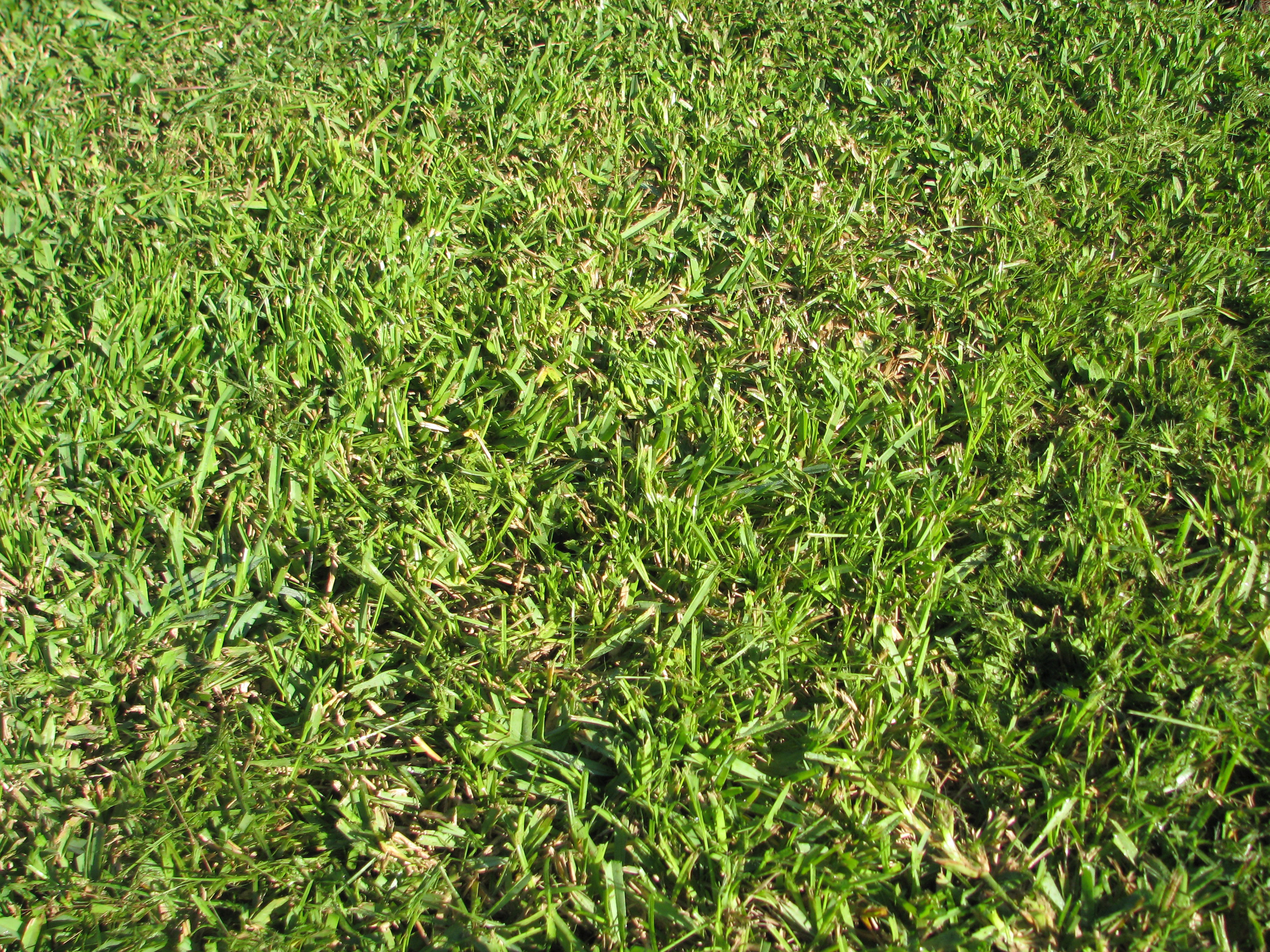Centipede Grass Maintenance And Planting Tips


Centipede grass is a popular turf grass for lawn in the southern part of the United States. Centipede grass' ability to grow in poor soils and its low maintenance needs make it an ideal grass for many homeowners in warmer areas. While centipede grass needs little care, some centipede grass maintenance is required. Keep reading to learn more about how to plant centipede grass and caring for centipede grass.
How to Plant Centipede Grass
Centipede grass can be grown from centipede grass seed, sod, or plugs. Which method you use depends largely on what you prefer in terms of cost, labor, and time to established lawn.
Planting Centipede Grass Seed
Centipede grass seed is the cheapest, but has the most labor involved and takes the longest to an established lawn. The first step to starting centipede grass seed is to till the area where you would like the centipede grass seed to grow. Using a rake or roller, level the area after it has been tilled. If there was another grass growing in that area previously, either remove the grass before tilling or treat the area with herbicide and wait one to two weeks before moving on to the next step or cover the area with a light barrier, like a tarp, for two to four weeks. This will kill the previous grass and will prevent the old grass from re-establishing in the lawn over your centipede grass. After the area has been prepared, spread the centipede grass seed. 1 pound (0.5 kg.) of centipede grass seed will cover 3,000 square feet (915 m.). To make spreading the centipede grass seed easier, you may want to mix the seed with sand. Mix 1 pound (0.5 kg.) of seed with 3 gallons (11 L.) of sand for maximum efficiency in covering the area. After planting the centipede grass seed, water thoroughly and keep watered for three weeks. If desired, fertilize the area with a high nitrogen fertilizer.
Planting Centipede Grass with Sod
Using centipede grass sod is the fastest and least labor involved way to start a centipede grass lawn, but it is the most expensive as well. The first step when laying grass sod is to till the soil and add in organic material and a nitrogen rich fertilizer while you are tilling. Next, lay the strips of centipede grass sod over the tilled soil. Make sure that the edges of the sod strips touch, but that the ends of the strips are staggered. The centipede grass sod should come with sod staples, which will help attach the sod to the soil. Once the sod is laid, roll the sod down and water thoroughly. Keep the centipede grass sod well watered for the next three to four weeks.
Planting Centipede Grass Plugs
Centipede grass plugs fall in the middle in terms of labor, cost, and time to an established lawn. When planting centipede grass plugs, start by tilling the area where you will be growing the centipede grass plugs. Add organic material and nitrogen rich fertilizer to the soil at this time. If there was established grass in place before this, you may want to use a sod cutter to remove the old grass before tilling. Next, using a sod plug drill bit, insert the centipede grass plugs approximately 1 foot (31 cm.) apart in the lawn. After the plugs are inserted, water the area thoroughly and keep well watered for the next three to four weeks.
Caring for Centipede Grass
After your centipede grass lawn is established, it needs very little maintenance, but it does need some. Centipede grass maintenance involves occasional fertilizing and watering. Fertilize your centipede grass twice a year, once in the spring and once in the fall. Lightly apply a nitrogen rich fertilizer once in the spring and again in the fall. Fertilizing any more than this can lead to problems with your centipede grass lawn. Water your centipede grass only when it starts to show signs of water stress during times of drought. Water stress signs include a faded color or wilted look to the grass. When watering during drought, water once a week deeply, rather than several times a week shallowly.
Gardening tips, videos, info and more delivered right to your inbox!
Sign up for the Gardening Know How newsletter today and receive a free copy of our e-book "How to Grow Delicious Tomatoes".

Heather Rhoades founded Gardening Know How in 2007. She holds degrees from Cleveland State University and Northern Kentucky University. She is an avid gardener with a passion for community, and is a recipient of the Master Gardeners of Ohio Lifetime Achievement Award.
-
 Pruning Limelight Hydrangea Bushes For Bigger Blooms & Stronger Plants
Pruning Limelight Hydrangea Bushes For Bigger Blooms & Stronger PlantsPruning 'Limelight' hydrangea will benefit the shrub. Flowers will be more bountiful the next year and branches will be stronger. Learn how and when to prune.
-
 What’s Wrong With Your Azaleas? Identify, Tackle And Prevent 6 Common Azalea Pests
What’s Wrong With Your Azaleas? Identify, Tackle And Prevent 6 Common Azalea PestsIf you’ve spotted signs of azalea leaf damage, don’t panic – here’s how to identify the most common azalea pests so you can take action swiftly and keep plants healthy